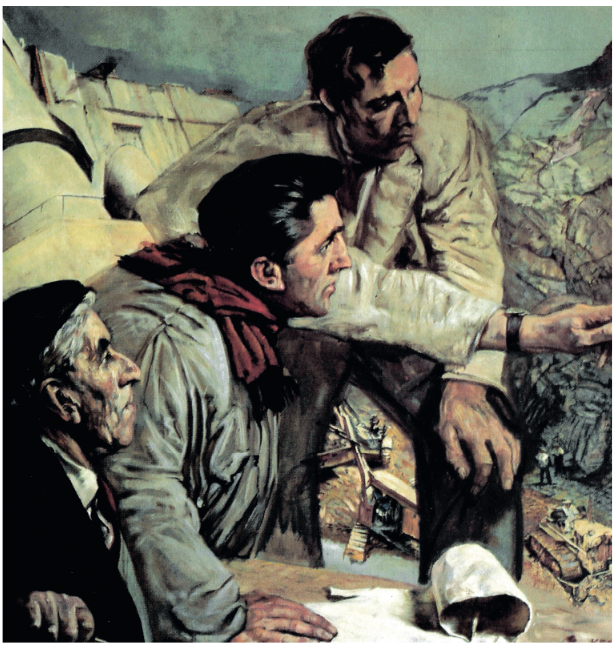By Joseph E.A. Connell Jr

On 13 August 1925, one of the most important undertakings for the economic and social life of Ireland began when the first sod was turned at Ardnacrusha, Co. Clare, for the construction of the Shannon hydroelectric scheme. It was officially opened at Parteen by W.T. Cosgrave on 22 July 1929. It was the first fully integrated—generation, transmission, distribution, marketing and sales—national electricity system in the world.
A dam, power station and turbine hall were built at Ardnacrusha. A 2km tail-race canal was blasted through the rock to take the outflow back to the river. The works involved the diversion of 90% of the Shannon into a head-race canal 12km long. The civil engineering achievements included the removal of 7.6 million cubic metres of earth and 1.2 million cubic metres of rock, the construction of four major bridges and the diversion of nine rivers and countless streams. The chief civil engineer on the project was Frank Sharman Rishworth from Tuam, who was at the time Professor of Civil Engineering at University College Galway. When the scheme was completed, it was turned over to the Electric Supply Board (ESB).
The scheme was initiated by a young engineer, Thomas MacLaughlin, then working for the German engineering firm of Siemens Schukert in Berlin. He persuaded the Irish government to construct a single hydroelectric station at Ardnacrusha which would power a national electric grid. The contract for the entire work was given to Siemens Schukert. In order to complete the scheme within the specified contract time of three and a half years, a vast array of plant and machinery was employed. Ships from Germany began to crowd the docks at Limerick, pouring out large quantities of material and machinery which had to be conveyed to the site. A standard-gauge railway link, from Longpavement in Limerick city to Ardnacrusha, was constructed.
So much was written about the Shannon scheme that visitors from all parts began to pour onto the site to see what was taking place. It became common for special excursions from all parts of Ireland to be offered by the railway companies and it was reckoned that during 1927, 1928 and 1929 over 250,000 people had been conducted to the scheme as sightseers.
On 29 October 1929, when the embankments had satisfied all tests against pressure and seepage, the great turbines in the power station set the generators in motion. The electricity created travelled over the network of high-tension lines to households all over the country, some of which were switching on electric lights, irons, cookers and other modern utensils for the first time.
The scale and importance of the Shannon scheme made it an economic centrepiece for the development of the Irish Free State. It laid the groundwork for rural electrification in the late 1940s, which transformed life in rural communities throughout the country and paved the way for economic, social and cultural change. It was one of the largest engineering projects of its day, and has served as a reference model for other major engineering projects worldwide.
Joseph E.A. Connell Jr is the author of The Terror War: the uncomfortable truths of the War of Independence (Eastwood Books, 2022).
